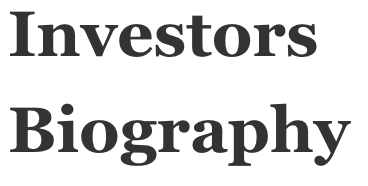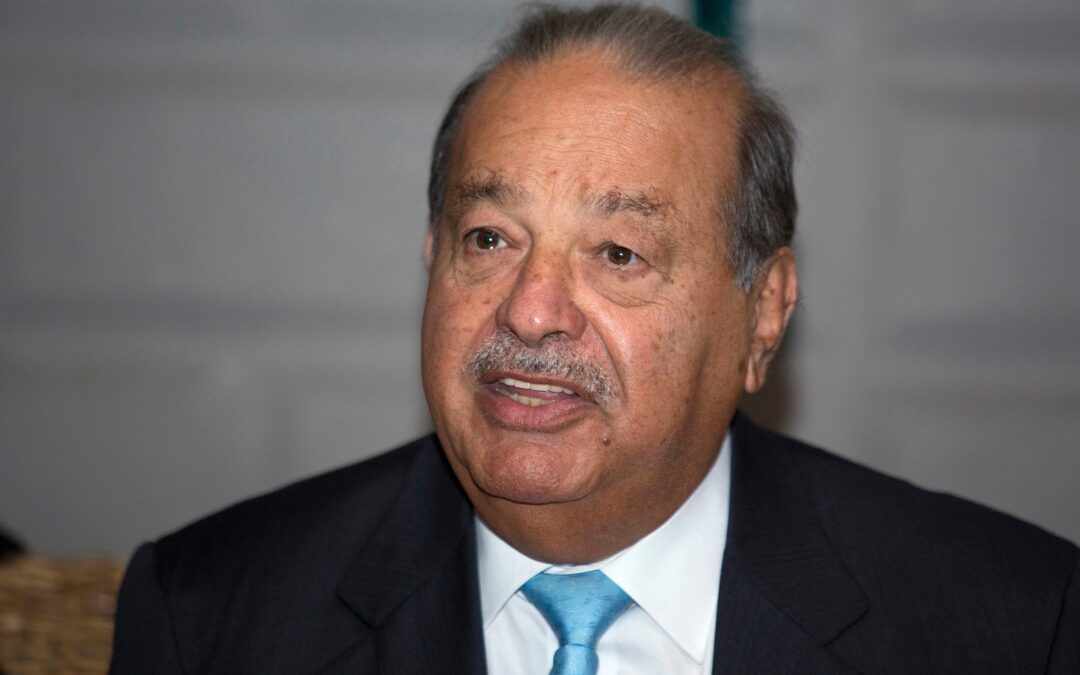Carlos Slim drew on the financial lessons taught to him by his father to become a successful investor and the world’s richest man. Best known as the founder of Grupo Carso and the owner of telecommunications firms Telmex and América Móvil, he is also an award-winning philanthropist who has established several nonprofits in his home country of Mexico.
Early Life and Education
Carlos Slim Helu was born on January 28, 1940, in Mexico City. He is the fifth of sixth children of Julián Slim Haddad, a Lebanese immigrant, and Doña Linda Helu, whose parents emigrated from Lebanon.
Slim’s father had become a wealthy real estate investor during the Mexican Revolution, and when his children were young, he instilled in them the tools for business success. Haddad gave each of his children five pesos per week along with a ledger in which they were required to record their expenses. He would then review the ledger with them to analyze their spending and saving.
Haddad’s lessons stuck: Slim opened a checking account at age 10. Soon after, realizing the account did not yield a satisfactory return, Slim began buying government bonds. At age 12, he moved to stocks, buying shares in the National Bank of Mexico.
Slim continued to invest in companies throughout his teenage years. After graduating from high school, he studied civil engineering at the National Autonomous University of Mexico. On the way to completing his degree, he taught mathematics and linear programming, a job he kept for several years after finishing college.
Early Business Career
In the mid-1960s, Slim turned his attention to business when he established a stock brokerage. His first venture was also the first piece of what would become Grupo Carso, a sprawling holding company that he would slowly build over the next two decades.
During this time, he lived frugally while methodically taking earnings from his businesses to invest in others. Like fellow investor Warren Buffett, he identified companies that were undervalued. He then selected managers who could shepherd the companies to higher earnings. Recognizing the importance of diversifying, Slim built a portfolio that consisted of everything from retail stores to mining interests.
Becoming a Billionaire
When Mexico’s economy crashed in 1982, many investors began to pull their money from the country. As the value of the peso plunged and the government began nationalizing banks, Slim saw an opportunity.
He quickly bought up a number of companies at bargain-basement prices. Among these were the Mexican affiliates of American corporations General Tire and Reynolds Aluminum. As the economy rebounded, Slim’s adept management of his holdings brought him immense profits, and he became a billionaire.
Buying Telmex
Slim’s wealth made him well positioned to capitalize on another opportunity in the early ‘90s. When the Mexican government began privatizing state-owned monopolies, Slim joined with France Télécom and American company SBC to buy Mexico’s telephone provider, Telmex, for $1.76 billion.
Slim later took over management of the company, a move that upset some—including, for a time, Telmex executives. The conflict stemmed from Slim’s interest in América Móvil, the small cellular-phone division of the telecommunications giant.
Understanding how difficult it was for most people to purchase a monthly service plan in Mexico’s struggling economy, Slim pushed the company to promote prepaid service plans.
Telmex executives resisted, believing the prepaid plans would cut into landline profits. Slim ultimately got his way, and the response from Mexican consumers showed that his instincts were correct. The prepaid plans quickly became popular, and América Móvil would eventually grow into Latin America’s largest wireless service provider. After spinning off from Telmex, it purchased its former parent company in 2011.
Other Ventures
Fortune magazine named Slim the richest man in the world from 2010 to 2013. Along with Telmex and América Móvil, Slim’s holdings through Grupo Carso have included significant stakes in the New York Times, Citigroup, and Saks, among many other companies.
In 2017, Slim announced the launch of Nuestra Vision, a Spanish-language television network catering to Mexican Americans. As of 2023, Nuestra Vision is available in more than 20 US markets.
Slim and his family currently own nearly 80 percent of Grupo Carso. Slim remains Mexico’s richest person, and with a fortune of $96.9 billion, he and his family rank 11th on Forbes’ list of the world’s richest people.
Philanthropy
Since 1986, the Carlos Slim Foundation has pursued programs that have benefited millions of people in Latin America. Among its projects is the Grameen-Carson microcredit program, which provides small loans to people in Mexico who are economically disadvantaged. In 2000, Forbes recognized the Carlos Slim Foundation as the most charitable business foundation in Mexico.
Slim is also the founder of Museo Soumaya, a nonprofit art museum named for his late wife that opened in 1994. Located in Mexico City, the 183,000-square-foot museum is housed within a structure designed by his son-in-law.
In 2004, Slim established a foundation that works to preserve culturally important buildings in Mexico City. In recognition of these efforts, he garnered the Hadrian Award from the World Monuments Fund. Also an award-winning humanitarian, he has been honored by UNESCO, the Mexican Red Cross, former president Bill Clinton, the queen of Spain, and many other people and groups.

